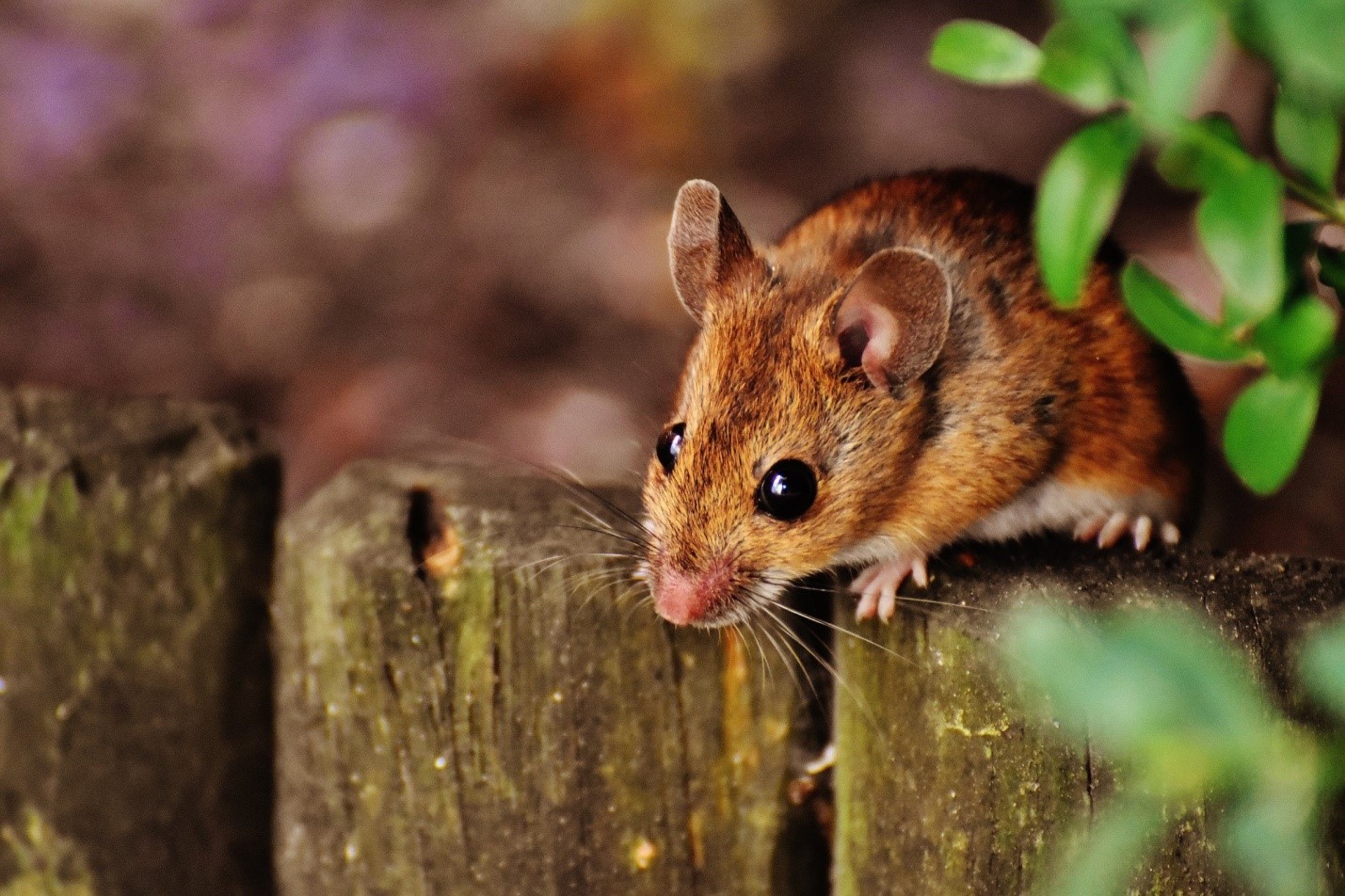Which Is a Sign of Pest Infestation? Recognize the Key Indicators for a Pest-Free Home
Have you ever noticed tiny droppings in your pantry or heard mysterious rustling noises at night? These are signals, folks, which is a sign of pest infestation lurking in your home.
Don’t fret, though; you’re not alone in this battle. Many homeowners face pest-related challenges, but the first step towards dealing with them effectively is recognizing the key indicators.
In this article, we will uncover the telltale signs that your home might have unwanted guests and what you can do about it. Read on!
Scratching Sounds in the Walls
Have you ever been woken up in the dead of the night by scratching noises within your walls? These eerie sounds often indicate the presence of rodents, such as mice or rats.
These critters are nocturnal, and they love to explore your home when you’re fast asleep. If you hear these sounds consistently, it’s time to investigate further.
Strange Noises in Your Attic or Crawl Spaces
Have you heard strange noises, like scampering or scratching, coming from your attic or crawl spaces? These areas are prime locations for pests like squirrels, bats, or birds to find shelter.
Scrutinize these spaces, seal any openings, and consider installing traps or deterrents to prevent them from nesting in your home. Taking prompt action can save you from a potential infestation.
Foul Odors Lingering Around
Unpleasant odors in your home, especially in hidden corners, could be a sign of a pest infestation. Pests like cockroaches and rodents tend to leave behind a strong, musty odor.
If you notice a foul smell that won’t go away, it’s best to inspect the area. Often, you might find nests, droppings, or decaying pests causing the stench.
Gnawed Items and Damaged Belongings
Finding gnawed items or damaged belongings in your home is a clear indication of a pest problem. Rodents have a habit of chewing on various materials, including furniture, electrical wires, and even cardboard boxes. If you discover such damages, it’s time to call pest control before the situation worsens.
Small Holes in Food Packaging
Have you opened your pantry to find small holes in your food packages? This is a classic sign of pests, particularly insects like pantry moths or beetles.
These tiny creatures can infiltrate your pantry and contaminate your food supply. Always check for these small holes when inspecting your groceries, as they are a surefire indication of pest activity.
Piles of Droppings
Pest droppings are a sure sign of infestation. These droppings are near their nesting areas, food sources, or travel paths.
Different pests leave different types of droppings. Identifying the type of droppings can help you pinpoint the pest and take appropriate measures.
Chewed Electrical Wires
Rodents have a penchant for chewing on electrical wires, which poses a significant fire hazard. If you notice frayed or chewed wires in your home, it indicates rodent activity. Ensure you inspect your home regularly, especially in attics, basements, and crawl spaces, to prevent any electrical mishaps caused by these pesky creatures.
Nests and Burrows
Pests often create nests and burrows in hidden corners of your home. These can be found in insulation, cardboard boxes, or the ground near your home’s foundation.
If you stumble upon such nests or burrows, it signifies a pest infestation. Removing these nests is crucial, but wear protective gear to avoid contact with harmful substances or parasites.
Unexplained Allergies or Respiratory Issues
Have you been experiencing unexplained allergies or respiratory issues lately? Pests like dust mites, cockroaches, and rodents can trigger allergies and worsen respiratory conditions.
If you notice an increase in allergy symptoms or breathing difficulties, it’s time to inspect your home for pest activity. Keeping your living space clean and well-ventilated can help reduce the risk of these health issues.
Grease Marks on Walls
Pests, especially rodents, tend to leave greasy marks on walls and baseboards as they travel along their paths. These marks appear as dark smudges and are a result of the oils and dirt on their fur rubbing against surfaces.
If you spot such marks, it’s a clear indication of rodent activity. Clean these marks promptly and consider placing traps or baits in these areas to curb the infestation.
Sudden Increase in Insect Activity Around Lights
While it’s common to see a few bugs attracted to light, an unusually large number could indicate a nearby breeding ground. Investigate the surrounding areas, including stagnant water, garbage bins, or overgrown vegetation. Keeping these areas clean and well-maintained can help reduce the insect population around your home.
Nighttime Sightings
Lastly, if you spot pests scurrying around your home during the nighttime, it’s an unmistakable sign of infestation. Pests like cockroaches, mice, and insects prefer to venture out in the dark when the house is quiet. If you witness these nocturnal sightings, it’s time to address the issue promptly.
Unusual Pet Behavior
Pets often have a keen sense of detecting the presence of pests in your home. Suppose your dog or cat suddenly starts behaving unusually, such as incessant barking or pawing at specific areas. In that case, it might be their way of alerting you to a hidden pest problem.
Pets can sense the presence of pests long before humans do, so pay attention to their behavior and investigate if you notice any unusual signs.
Irregular Plant Damage
Pests don’t limit their activities to just indoors; they can wreak havoc on your garden as well. If you observe irregular damage on your plants, such as chewed leaves, wilting, or sudden yellowing, it could be the work of garden pests like aphids, caterpillars, or rodents.
Keep an eye on your garden, inspect your plants regularly, and use organic or chemical treatments to protect your greenery from these unwanted visitors. Remember, a healthy garden is a pest-resistant garden!
Understanding Which Is a Sign of Pest Infestation: The Key to a Pest-Free Home
Remember, folks, being proactive is the key when dealing with pest infestation, which is a sign of pest infestation. By recognizing these indicators early on, you can prevent the problem from escalating.
Regular inspections, cleanliness, and sealing entry points are essential steps in pest control. If the infestation is beyond your control, don’t hesitate to seek help from professional pest exterminators. Your home should be a sanctuary, free from unwelcome guests, so take action and reclaim your space today!
Did you like this guide? Great! Please browse our website for more!






